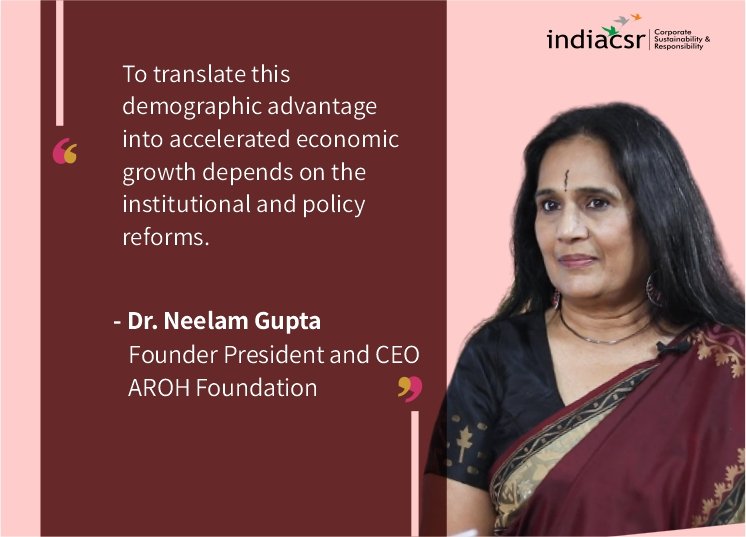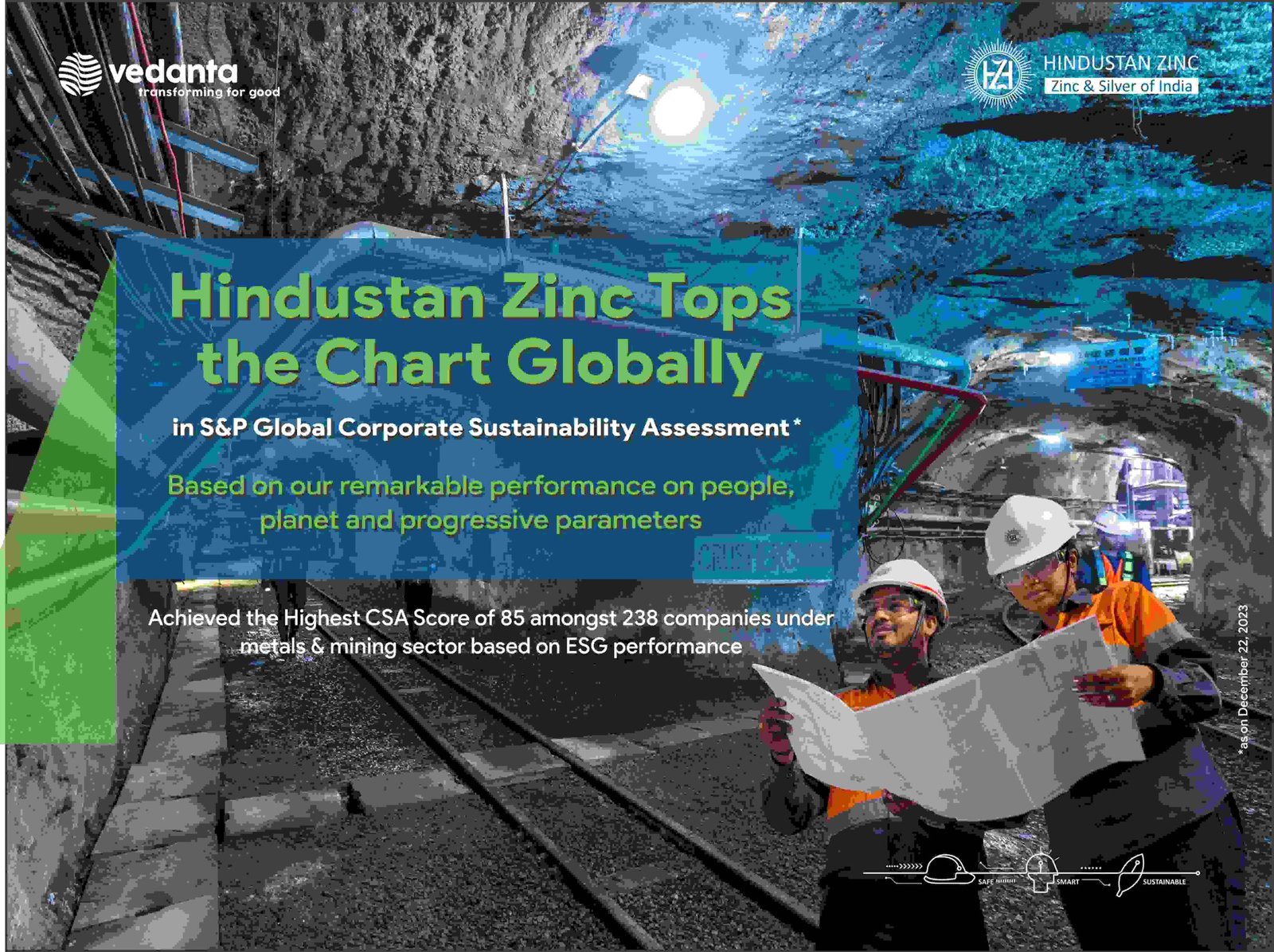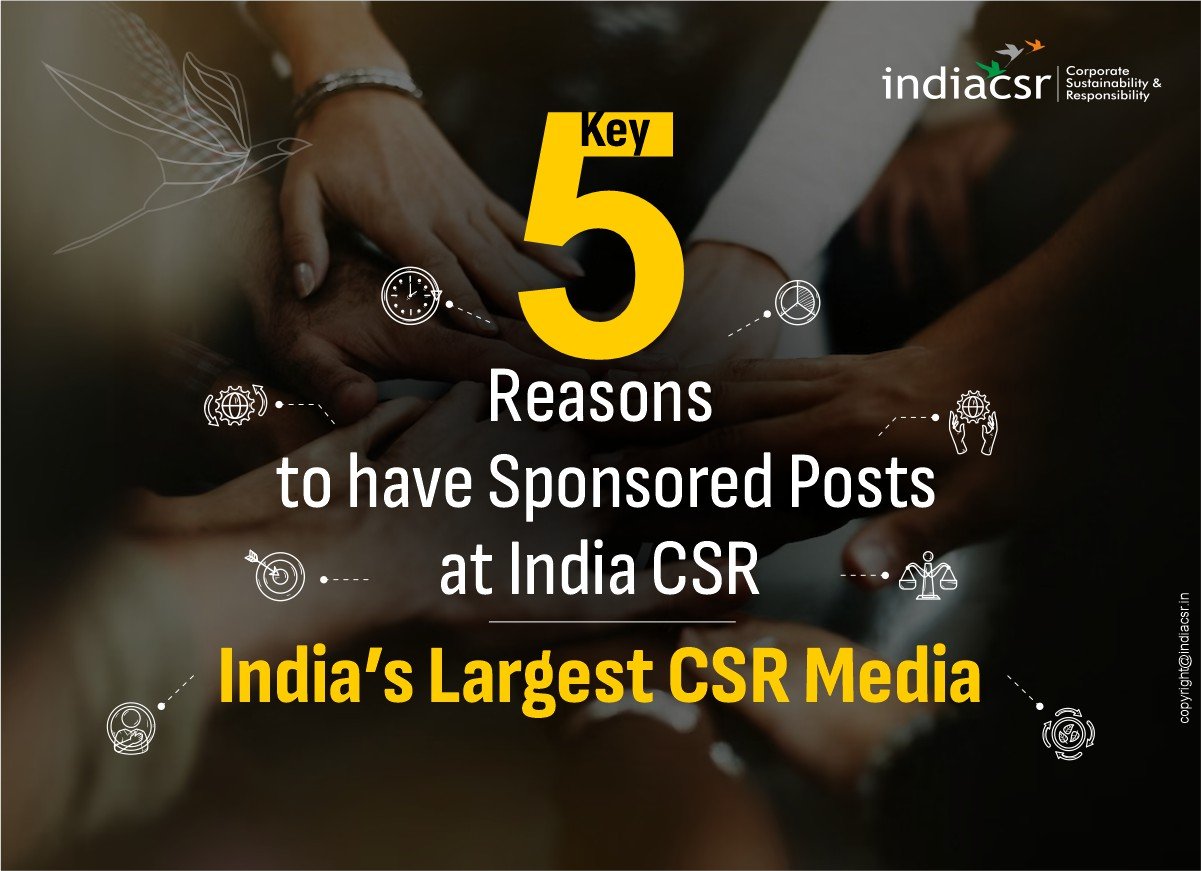Rural areas were hit hard with not only economic miseries, but also suffering the reverse migration of workers who decided to return to their villages after lockdown.
In India, 8.88 crore households are found to be deprived and poor households as per the Socio-Economic Caste Census (SECC) of 2011 from the perspective of multi-dimensional deprivations such as shelterless, landlessness, households headed by single women, SC/ST household or disabled member in the family. These poorest of the poor, in India, were classified as ‘Antydayas’ as a target beneficiary for various welfare schemes such as wage creation, skill generation, social security, education, health, nutrition, and livelihood creation.
As India heads towards a 5 trillion economy, it becomes imperative to include the last standing family, in terms of the economic scale in the development process.

The Antyodaya program was launched in the mid-70s in Rajasthan by the state government, with the same mission to assist the poorest families and lift them out of their state of abject poverty. As the name connotes, Antyodaya was the bottom man’s program. The objective of the program was to raise the level of income of selected poorest families above the poverty line of Rs. 3,300 a year. This was to be accomplished by enabling the families to obtain assets or employment.
The very over-ambitious project had a recent halt, as the Indian economy was already facing a slowdown when Coronavirus struck us. The lockdown, which came into effect on March 25, in 2020, hammered the economy, stalling business activity and putting a lid on consumption, pushing the economy to what may be its first full-year contraction in more than four decades. This even worsen down during the deadly second COVID wave in March 2021.
The unemployment rate went from 8.75 percent to 23.5 percent in April and May, according to the surveys released by the Centre for the Monitoring of Indian Economy (CMIE). The figure reached a high of 27.1 percent in the week ended 3 May. However, as we entered the unlock phase, a drastic improvement has been reported in the month of June, when the unemployment rate dropped dramatically to first, 17.5 then 11.6 percent, and was at 8.5 percent towards the last week of June.
Rural areas were hit hard with not only economic miseries, but also suffering the reverse migration of workers who decided to return to their villages after lockdown.

However, rural employment has also witnessed a big jump as the unemployment rate dropped to 7.26 percent in rural India in the last week of June, lower than it was in the pre-lockdown week ended 22 March when the rate was 8.3 percent. Though the drop-in rate of unemployment looks promising, on-ground reality may not be satisfactory. The core of Antyodaya was not only the financial upliftment of the rural poor, but it had the vision to raise the social stature of the poor too. Although rural livelihood has improved in terms of numbers, the skilled manpower of the poor section is turning into labor under the Mahatma Gandhi National Rural Employment Guarantee Scheme (MGNREGA). This indeed was also the hub of failure for Antyodaya’s mission.
But we cannot deny that the Antyodaya scheme by the government has seen some long-lasting impact in the system like a Strong infrastructural base, Effective social capital promoting participatory planning and implementation of the schemes engaging a wide range of stakeholders, Enhanced economic opportunities through diversified livelihoods including non-farm sector, skilling of rural youth and women, development of value chains and promotion of enterprise and Strengthened democratic processes.

India has a unique position in the world. Its troubles, as well as its opportunities, cannot be compared to any other nation’s challenges or progress. That India’s solutions must come from within and not without, neither from socialism nor capitalism, was understood by Pandit Deendayal Upadhyaya very early. He propounded the philosophy that in Human being the individual and Society are not two competing identities, but indeed the Human being himself is the society and the progress of one is the progress of all. This he called ‘Ekatm Manavtavad’ or Integral Humanism. Time has proven that India’s solutions indeed come from within, from the multitudes of its people. The Indian society progresses with the progress of each of its components. Unless the weakest of the men progresses, society may not progress itself. Even now, when the government is trying to get back to normal after the COVID, the strength, resources, solution is coming from its own people and policymakers.

To spur growth and momentum of the scheme, PM Narendra Modi, on May 12 announced a Rs 20 lakh-crore relief and stimulus package that included past fiscal and monetary measures taken by the government and the Reserve Bank of India. Moreover, the poorest of the poor in rural and in urban setup now needs to be ensured basic and essential access to services like Health, Online Education and Food Security. Although the government, indeed is pulling out all possible strings at the grassroots to help and support the needy ones, here the grassroots experts, our NGO needs to play the most important role being the facilitator of government’s welfare programs. Once the pandemic is under control, the government can foster investments in realigning the vision of Antyodaya, which needs to inculcate post-Covid era changes to mainstream the marginalized and disadvantageous populations, thereby making them partners in economic growth.

The debilitating contagion has forced the entire world to rethink the future. For India, the main challenge in times of COVID would be to manage the young population to harness its real economic potential, with a positive impact on development. India has a huge demographic advantage, having 65 percent of its population below 25 years of age. To translate this demographic advantage into accelerated economic growth depends on the institutional and policy reforms. These include investments for productive people, jobs and wealth creation for women together with the youth, and improved education and training, as well as access to reproductive health services including maternal health and family welfare. The year 2020 shall be remembered as the year that heralded great changes in reaction to the COVID-19 pandemic and we are dedicated to being making the year 2021 and ahead to the decade of prosperity and progress for even the last man standing on that economic scale.




























